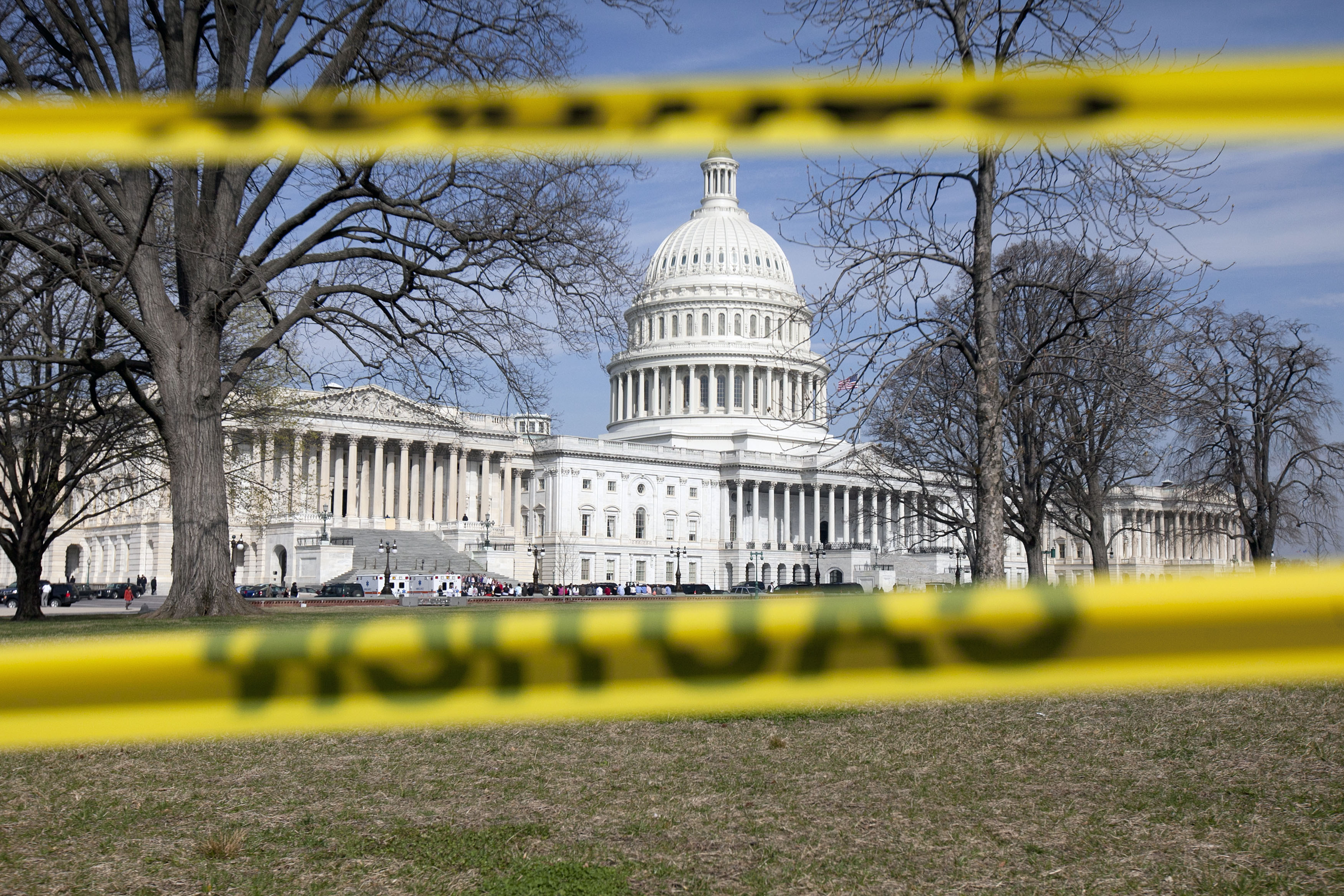Build Your Budget
Think of your budget as a means of setting and reaching your goals.
Think of your budget as a planning device, a means of setting and reaching your goals. You project future expenditures (including savings), record them when they're made, and see whether your projections were any good. If they aren't, you adjust your planning or your spending, whichever is out of line.
Use the household budget worksheet to enter a month's expenditures; we do the addition and subtraction for you. You can even work a couple of months ahead at first, until you get the hang of it. Then you can budget further ahead. After a while you'll want to apply the same principles to long-term goal setting by forecasting the growth of your net worth and all the little pieces that compose it.
Fixed spending
Some of your projections will be easy: You know what your mortgage or rent payments will be in the months ahead. Same for car payments and the premiums coming due on insurance policies. So why budget for them? Because by recording these and other fixed expenditures as monthly outgo, you can see at a glance how much of your income is committed to current or future expenses. That should stop you from spending it on something else.
From just $107.88 $24.99 for Kiplinger Personal Finance
Become a smarter, better informed investor. Subscribe from just $107.88 $24.99, plus get up to 4 Special Issues

Sign up for Kiplinger’s Free Newsletters
Profit and prosper with the best of expert advice on investing, taxes, retirement, personal finance and more - straight to your e-mail.
Profit and prosper with the best of expert advice - straight to your e-mail.
Variable spending
Here you'll keep track of the items over which you have some degree of control. This section is the place to test your cost-cutting skills. Watch for patterns that may signal trouble. If the "miscellaneous" line keeps growing bigger, for instance, your recordkeeping may be careless.
Profit and prosper with the best of Kiplinger's advice on investing, taxes, retirement, personal finance and much more. Delivered daily. Enter your email in the box and click Sign Me Up.
-
 Stocks End Volatile Year on a Down Note: Stock Market Today
Stocks End Volatile Year on a Down Note: Stock Market TodayAfter nearing bear-market territory in the spring, the main market indexes closed out the year with impressive gains.
-
 How We Manage Our Finances Together: 'When You Keep Score, You Can End Up Resentful'
How We Manage Our Finances Together: 'When You Keep Score, You Can End Up Resentful'Douglas Boneparth, a certified financial planner, and his wife, Heather Boneparth, speak with Kiplinger about couples managing finances.
-
 I'm 45 and I've barely invested in the stock market. I recently inherited $50,000. What should I do?
I'm 45 and I've barely invested in the stock market. I recently inherited $50,000. What should I do?What should you do with a big inheritance? We asked a financial expert for advice.
-
 AI Appliances Aren’t Exciting Buyers…Yet
AI Appliances Aren’t Exciting Buyers…YetThe Kiplinger Letter Artificial intelligence is being embedded into all sorts of appliances. Now sellers need to get customers to care about AI-powered laundry.
-
 I Need to Cut $1,000 From My Monthly Budget, and I've Already Given Up Starbucks and Dining Out. What Else Can I Do?
I Need to Cut $1,000 From My Monthly Budget, and I've Already Given Up Starbucks and Dining Out. What Else Can I Do?Here are some creative ways to save up to $1,000 a month, even if you feel like you've already made all of the obvious cuts.
-
 I'm a Government Employee and Need to Get By Until the Shutdown Ends. What Can I Do?
I'm a Government Employee and Need to Get By Until the Shutdown Ends. What Can I Do?The second-longest shutdown in history is leaving many federal workers with bills due and no paycheck to cover them. Here's what you can do to get by.
-
 Banks Are Sounding the Alarm About Stablecoins
Banks Are Sounding the Alarm About StablecoinsThe Kiplinger Letter The banking industry says stablecoins could have a negative impact on lending.
-
 Big Changes Are Ahead for Higher Ed
Big Changes Are Ahead for Higher EdThe Kiplinger Letter A major reform of higher ed is underway. Colleges are bracing for abrupt change, financial headwinds and uncertainty.
-
 What New Tariffs Mean for Car Shoppers
What New Tariffs Mean for Car ShoppersThe Kiplinger Letter Car deals are growing scarcer. Meanwhile, tax credits for EVs are on the way out, but tax breaks for car loans are coming.
-
 AI’s Rapid Rise Sparks New Cyber Threats
AI’s Rapid Rise Sparks New Cyber ThreatsThe Kiplinger Letter Cybersecurity professionals are racing to ward off AI threats while also using AI tools to shore up defenses.
-
 Blue Collar Workers Add AI to Their Toolboxes
Blue Collar Workers Add AI to Their ToolboxesThe Kiplinger Letter AI can’t fix a leak or install lighting, but more and more tradespeople are adopting artificial intelligence for back-office work and other tasks.